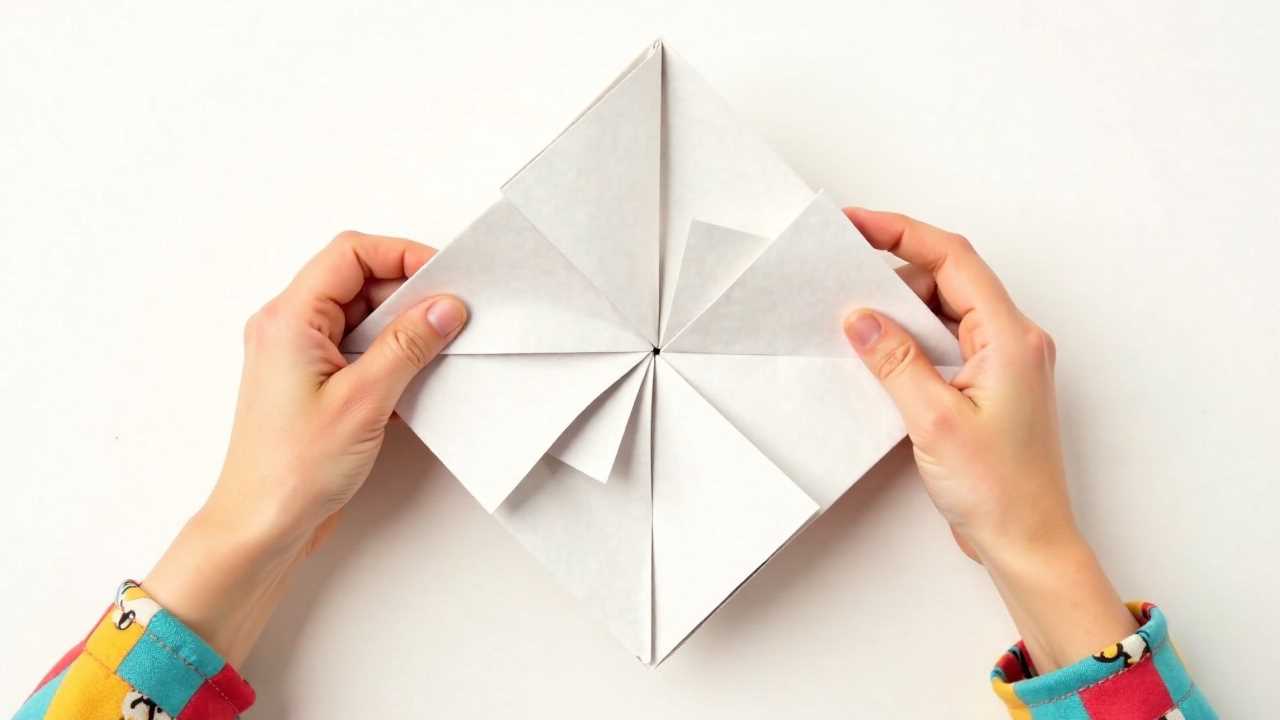
The Magic of Origami in Education
Origami, the ancient art of paper folding, has transcended its traditional boundaries to become a powerful tool in educational activities. By integrating Origami STEM activities into the classroom, we can foster a unique blend of creativity and analytical thinking. This hands-on approach not only captivates students but also enhances their understanding of geometric concepts. The intricate folds and designs of origami crafts provide a practical application of mathematical principles, making learning both engaging and effective.
Why Choose Origami for Kids?
When we think about creative projects for children, origami stands out as a versatile option. It encourages hands-on learning, allowing kids to manipulate paper and see immediate results from their efforts. This tactile experience is invaluable, as it reinforces fine motor skills and spatial awareness. Moreover, origami serves as a bridge between art and mathematics, making it an ideal candidate for STEM education. Children not only learn to follow instructions but also develop critical thinking skills as they troubleshoot their folding techniques.
Exploring Geometry Through Paper Folding
One of the most exciting aspects of origami is its inherent connection to geometry. Each fold represents a geometric transformation, and as students engage in paper folding, they gain a deeper understanding of shapes, angles, and symmetry. For instance, creating a simple origami crane involves various geometric principles, such as triangles and quadrilaterals. By breaking down these shapes, we can help students visualize and comprehend complex geometric concepts in a fun and interactive manner.
Fun Origami Projects for the Classroom
Here are some engaging Origami STEM activities that can be easily implemented in the classroom:
1. Origami Animals: Students can create various animals, such as frogs, birds, and fish. This project not only enhances their folding skills but also allows them to explore the characteristics of these animals, integrating biology with art.
2. Origami Geometry: Challenge students to create geometric shapes like cubes, pyramids, and octahedrons. This activity reinforces their understanding of three-dimensional shapes and can lead to discussions about volume and surface area.
3. Origami Patterns: Encourage students to design their own origami patterns using different colors and sizes of paper. This project promotes creativity while introducing concepts of symmetry and repetition.
4. Origami Math Games: Create math games using origami pieces. For example, students can fold paper into different shapes and use them to solve math problems, making the learning process interactive and enjoyable.
Integrating Technology with Origami
In today’s digital age, we can further enhance the learning experience by integrating technology into our Origami STEM activities. There are numerous online resources, including video tutorials and interactive apps, that guide students through the folding process. These tools can be particularly beneficial for visual learners, as they provide step-by-step instructions that are easy to follow. Additionally, students can use design software to create their own origami patterns, merging technology with traditional crafting.
The Benefits of Hands-On Learning
Hands-on learning is a crucial aspect of effective education. By engaging in origami, students not only develop their artistic skills but also cultivate patience and perseverance. The process of folding paper requires concentration and attention to detail, which are essential skills in any learning environment. Furthermore, the satisfaction of completing an origami project boosts confidence and encourages a growth mindset.
Encouraging Collaboration Through Origami
Origami can also serve as a collaborative activity. Group projects that involve creating large origami installations or participating in origami competitions foster teamwork and communication skills. Students learn to share ideas, provide feedback, and work together towards a common goal. This collaborative spirit is vital in today’s interconnected world, where teamwork is often key to success.
The Future of Origami in Education
As we continue to explore innovative ways to engage students in learning, Origami STEM activities will undoubtedly play a significant role. The combination of art, mathematics, and hands-on experience makes origami a unique educational tool that can inspire the next generation of thinkers and creators. By incorporating origami into our teaching practices, we not only enrich the curriculum but also ignite a passion for learning that can last a lifetime.
In summary, origami is more than just a craft; it is a gateway to understanding complex concepts in a fun and engaging manner. Through creative projects and educational activities, we can harness the power of origami to create a dynamic learning environment that fosters curiosity and innovation. Let’s embrace the art of paper folding and watch our students soar in their educational journeys.
 Kids Art ProjectsParty PlanningPaper CraftsOrigami for KidsPrivacy PolicyTerms And Conditions
Kids Art ProjectsParty PlanningPaper CraftsOrigami for KidsPrivacy PolicyTerms And Conditions
